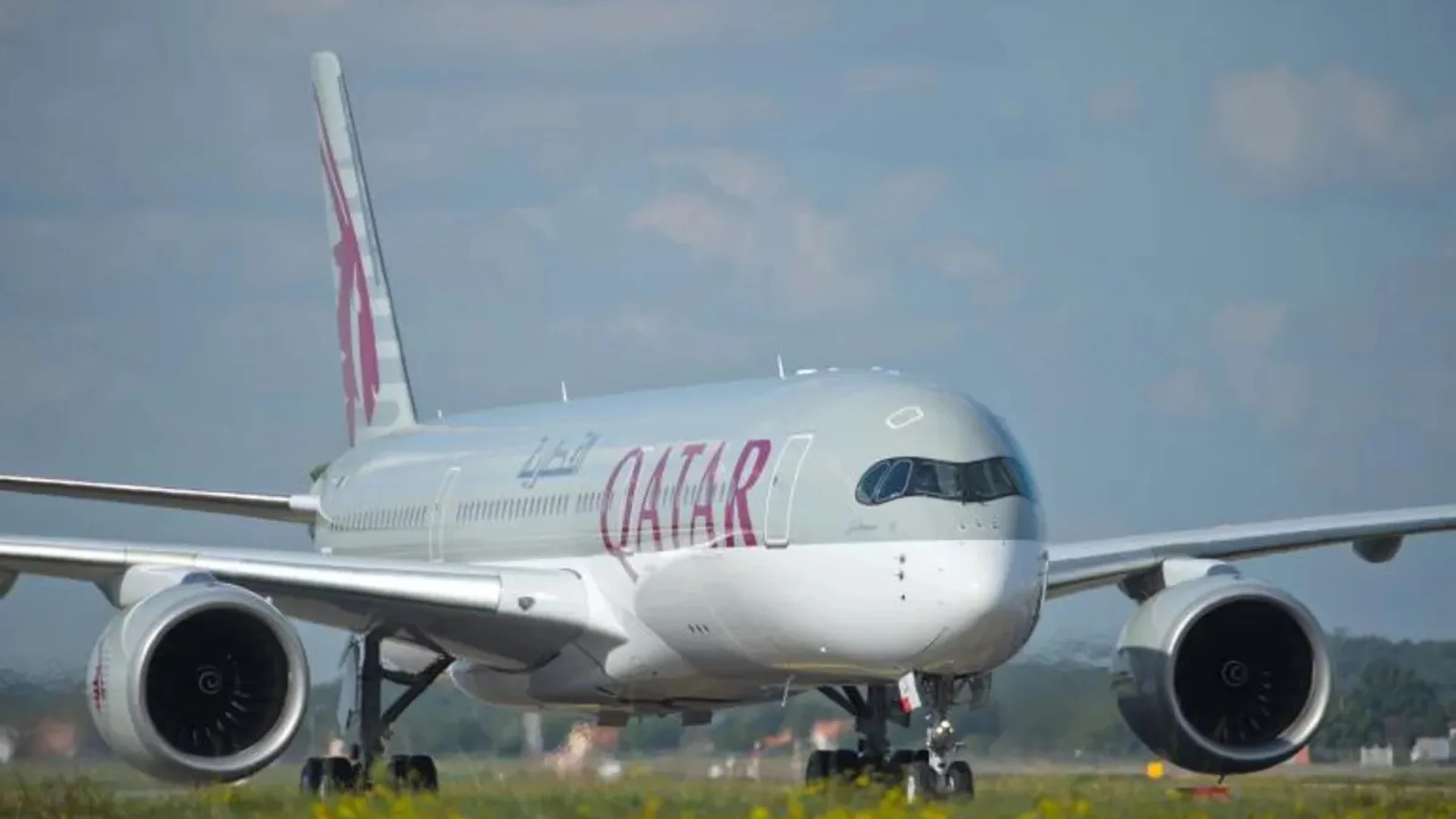- Airbus A350: 43,000 ft
- Boeing 787: 43,000 ft
- Airbus A380: 43,000 ft
- Airbus A330: 41,500 ft
- Boeing 737: 41,000 ft
- Airbus A320: 39,000 ft
Several factors contribute to this high service ceiling. The use of carbon fiber-reinforced polymer for much of the fuselage and wings reduces weight compared to traditional materials like aluminum. This weight reduction enhances performance at higher altitudes.
The streamlined design resulting from extensive work by Airbus' design teams also plays a role. Features such as swept wings and winglets reduce drag and improve performance at high altitudes.
Additionally, "the aircraft is equipped with two Rolls-Royce Trent XWB engines," known for their efficiency and power at high altitudes where air is thinner. These engines help maintain fuel efficiency crucial for cost management and sustainability targets.
Passenger comfort is another consideration; "the Airbus A350 features an advanced cabin pressurization system," maintaining a cabin altitude around 6,000 feet—lower than older models' average of 8,000 feet—improving passenger experience on long flights.
Developed initially in response to Boeing's upcoming program in 2004, the A350 underwent several redesigns before receiving certification from both the FAA and EASA in 2014. Since entering commercial service with Qatar Airways in January 2015 from Doha to Frankfurt Airport (FRA), over "650 A350s have been built."
Singapore Airlines currently leads as the largest operator with a fleet that includes seven ultra-long-range variants used on extended routes between Singapore and US destinations.
As demand continues to rise—with more than "700 A350s awaiting production"—Airbus remains committed to meeting airline needs worldwide.
 Alerts Sign-up
Alerts Sign-up





































